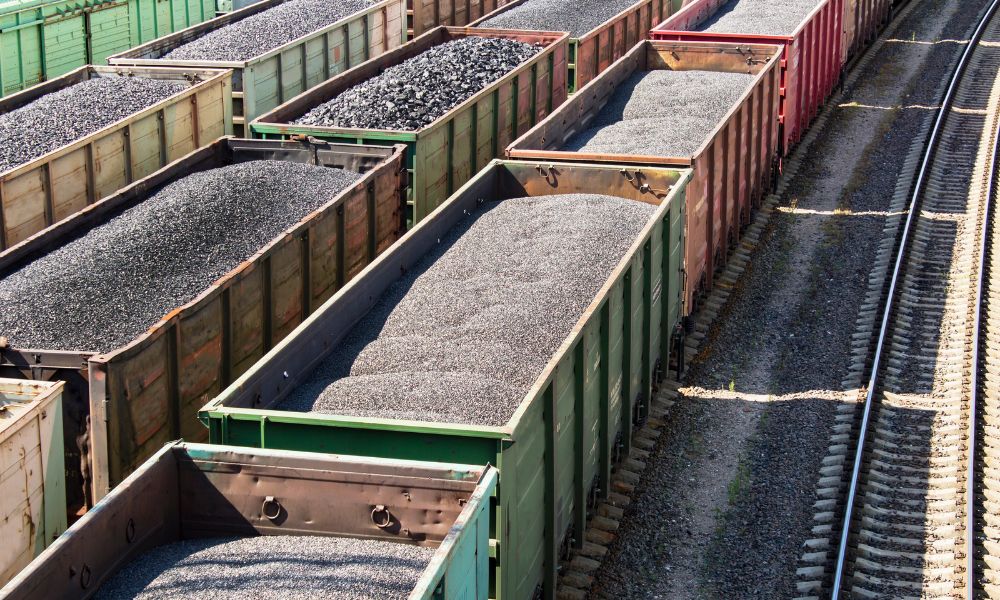
Transloading and intermodal transport are two methods of transportation that move goods from one place to another. People often confuse these methods with each other because they are similar, but they are quite distinctive. Here is a brief guide to transloading versus intermodal transport to help you understand each form of transportation.
Transloading Overview
Transloading moves goods from one place to another. It involves the transfer of cargo between different modes of transportation, such as rail, truck, or ship. The goods move in their original packaging, and no containers are required. You don’t use shipping containers for transloading, so you’ll need conveyances, such as forklifts, cranes, and conveyor belts, to move products from trucks to trains. The process begins by loading products onto a truck. Then, the driver transports the products to a transload facility where conveyances move the product onto a train. If necessary, products go back onto trucks to reach their destinations.
Intermodal Transport Overview
Intermodal transport moves freight with two or more means of transportation. However, when rail shippers use “intermodal,” they are referring to transporting goods between trucks and trains. The goods stay in containers throughout the entire process until they reach their final destination.
Workers load products or goods into a shipping container. Then, the container goes on a truck chassis. The driver will take the container to an intermodal transport ramp, where it goes from the chassis to a train. Finally, the container returns to a truck, and the driver delivers it to its final destination.
The Key Differences
Now that you know more about each mode of transport, let’s take a deeper look at what makes them different. Intermodal transport uses containers for shipping goods, while transloading does not. Another major difference is that transloading uses conveyances, like forklifts and conveyor belts, while intermodal transport typically does not.
During intermodal transport, the products and goods stay in the same shipping container for the entire duration of transportation. With transloading, the product moves between trucks and trains without the use of a shipping container.
Now that you know the key differences between transloading and intermodal transport, you can determine which method is best for your business. If you’re looking for railcar unloading systems to make your process more efficient, check out Cambelt for our high-quality products.
